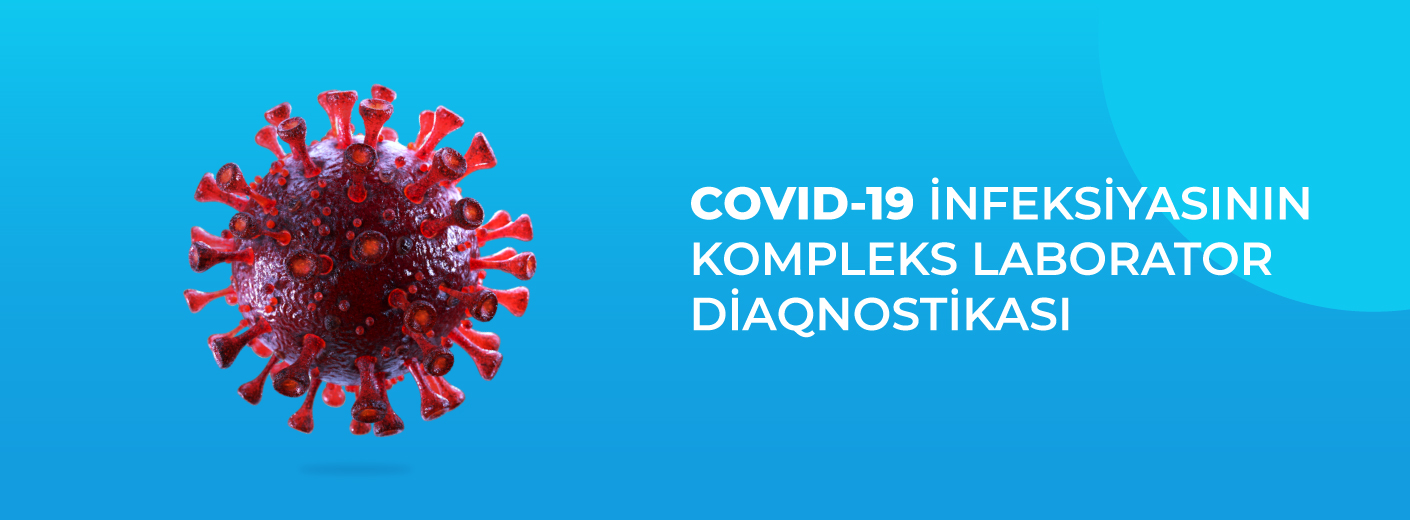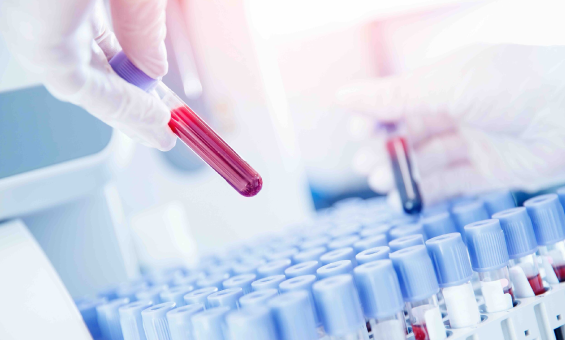Coronavirus, first identified in December 2019, is an acute respiratory illness caused by the SARS-CoV-2 virus, which is a new strain of the virus and the cause of COVID-19 (CoronaVirus Disease 2019). The disease is especially dangerous for individuals with weakened immune systems, including newborns, children, the elderly, and those with hypertension, diabetes, or chronic respiratory conditions.
Once the virus enters the body, it begins to multiply in the epithelium of the upper and lower respiratory tracts. As a result, diffuse damage to alveocytes (cells located in the lungs) and pneumonia may occur. Simultaneously, the permeability of cell membranes increases, interstitial and alveolar edema develops, and alveolar destruction begins. As normal gas exchange becomes impaired, acute respiratory distress syndrome (ARDS) may develop. Within two weeks of infection, key COVID-19 symptoms—fever, cough, shortness of breath, and diarrhea—may appear. Other symptoms include runny nose, loss of smell, headache, weakness, and nausea.
Infection caused by SARS-CoV-2 can present as a mild upper respiratory infection or, in severe cases, as pneumonia leading to respiratory failure. The source of infection is a person who is infected, including those in the incubation period. Asymptomatic carriers are also possible, most often children and young adults. Though they show no symptoms, they can transmit the virus to others.
Possible courses of the disease:
Asymptomatic
Mild, with upper respiratory tract involvement
Moderate to severe, with pneumonia but no respiratory failure
Severe, with respiratory failure due to pneumonia
Critical, with multi-organ failure
About 80–85% of patients experience a mild course of the disease, 14–16% develop severe symptoms requiring hospitalization, and 5% suffer a critical course. The average incubation period is 5–6 days but can last up to 14 days, or even up to 24 days according to some sources.
Graph of antibody development over time for COVID-19
Comprehensive laboratory tests for COVID-19 include:
Detection of viral RNA using PCR (Polymerase Chain Reaction)
Detection of specific antibodies against coronavirus in the blood – IgM, IgG
Antibodies, or immunoglobulins, are synthesized by the immune system in response to virus entry into the body.
IgM antibodies appear on days 5–7 after the onset of illness. Their presence in the blood indicates an active infection. As the patient recovers, IgM levels gradually decrease.
IgG antibodies begin to be synthesized later and reach their peak about 10–14 days after infection. Detection of IgG indicates recovery or past infection with the coronavirus.
If both IgM and IgG are detected simultaneously, this suggests an asymptomatic course of illness and that infection likely occurred about 10–14 days earlier. During this time, the risk of transmitting the virus to others is high. Isolation is recommended.
Polymerase Chain Reaction (PCR) – This method is based on the detection of specific genetic fragments of the virus. A positive laboratory result for SARS-CoV-2 RNA confirms the diagnosis. The genetic material of the virus can be detected in the body several days after infection. This allows identification of both symptomatic and asymptomatic cases.
For COVID-19 testing for travel and other inquiries, or to register online, please contact our Call Center at (012) 910 or WhatsApp at (055) 4000 910.
For online registration, visit http://www.saglamaile.az or message us on our official social media accounts.


